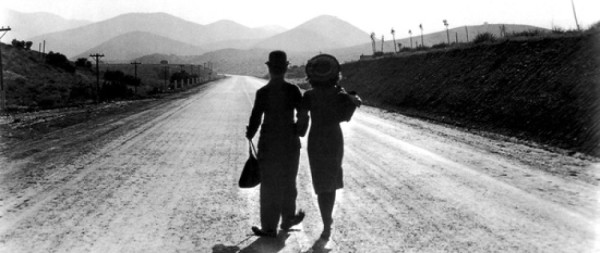How to Marry a Millionaire
Directed by Jean Negulescou
Written by Nunally Johnson from a play by Zoe Akins, Dale Eunson, and Katherine Albert
1953/USA
Twentieth Century Fox Film Corporation
First viewing/Netflix rental
[box] Loco Dempsey: You don’t think he’s a little old?
Schatze Page: Wealthy men are never old.[/box]
I thought this was fun.
Three fashion models team up to share a fancy apartment (paid for by selling the owner’s furniture) with the single goal of marrying millionaires. They are Schatze (Lauren Bacall), Pola (Marilyn Monroe) and Loco (Betty Grable). Before we know it each is being squired by an almost suitable candidate. Schatze sets her sights on a much-older widower J.D. Hanley (William Powell); Pola is dating a one-eyed oil mogul; and Loco decides to allow a married man to take her to his lodge.
Somehow love intervenes with each one of their plans. The fun is in seeing how they end up with Mr. Right after all. With David Wayne, Rory Calhoun, and Cameron Mitchell as the men in question.
This isn’t laugh out loud funny but is humorous throughout and a fine light entertainment. There has been a long gap since I saw William Powell in a movie and this made me realize I miss him. This seems to have been a showcase for CinemaScope and the film begins rather oddly with Alfred Newman conducting the Twentieth Century Fox Orchestra in a full version of his “Street Scene” suite.
Trailer



